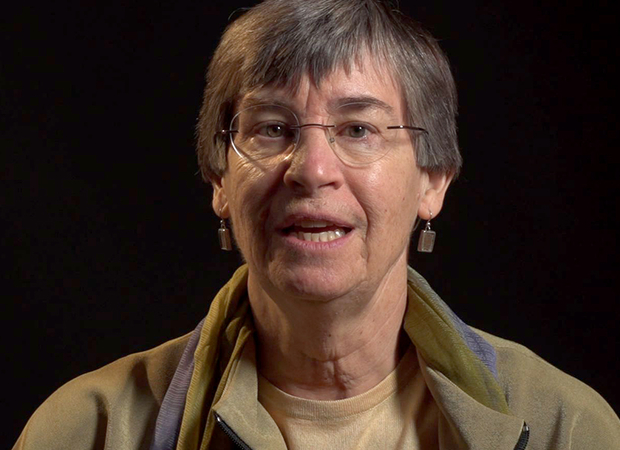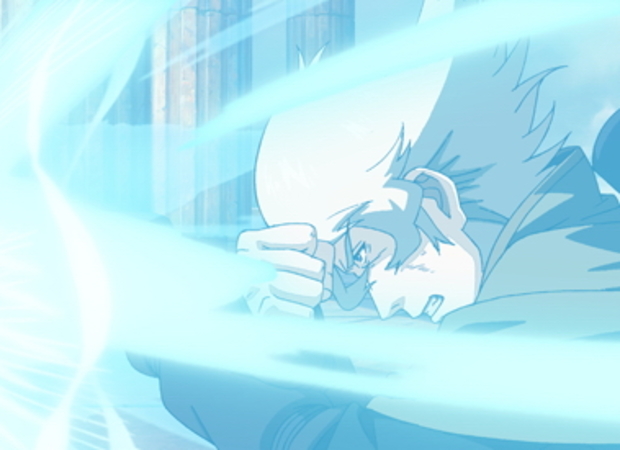What’s the Best Way to Advance Human Rights in the U.S.-China Relationship?
A ChinaFile Conversation
on June 11, 2013
Nicholas Bequelin:

Nicholas Bequelin:

How do we explain the surprising trajectory of the Chinese Communist revolution? Why has it taken such a different route from its Russian prototype? An answer, Elizabeth Perry suggests, lies in the Chinese Communists’ creative development and deployment of cultural resources – during their revolutionary rise to power and afterwards. Skillful “cultural positioning” and “cultural patronage,” on the part of Mao Zedong, his comrades and successors, helped to construct a polity in which a once alien Communist system came to be accepted as familiarly “Chinese.” Perry traces this process through a case study of the Anyuan coal mine, a place where Mao and other early leaders of the Chinese Communist Party mobilized an influential labor movement at the beginning of their revolution, and whose history later became a touchstone of “political correctness” in the People’s Republic of China. Once known as “China’s Little Moscow,” Anyuan came over time to symbolize a distinctively Chinese revolutionary tradition. Yet the meanings of that tradition remain highly contested, as contemporary Chinese debate their revolutionary past in search of a new political future.—University of California Press

From the subtropical jungles of Yunnan to the frozen wastes of Heilongjiang; across the scalding deserts of Xinjiang and beneath Hong Kong’s neon blur. Tramping through China by train, bus, boat, motorcycle, mule or hitching on the back of anything that moved. On a budget so scant that he drew sympathetic stares from peasants. Backpacking photographer Tom Carter somehow succeeded in circumnavigating over 35,000 miles (56,000 kilometers) across all 33 provinces in China during a 2-year period, the first foreigner on record ever to do so.
What Carter found along the way, and what his photographs ultimately reveal, is that China is not just one place, one people, but 33 distinct geographical regions populated by 56 different ethnicities, each with their own languages, customs and lifestyles.
Despite increased tourism and surging foreign investment, the cultural distances between China and the West remain as vast as the oceans that separate them. CHINA: Portrait of a People was published as a means to visually introduce China to the world by providing a glimpse into the daily lives of the ordinary people who don’t make international headlines, yet whom are invariably the heart and soul of this country. —Blacksmith Books, Hong Kong
Mike Revzin, Christian Science Monitor (August 27, 2010)
John McMurtrie, San Francisco Chronicle (September 26, 2010)
Jules Quartly, China Daily (August 8, 2010)

“Gold rush.” “1920s Hollywood.” “Faster than a speeding bullet.” These are a few ways that film professionals have described China’s booming movie industry.

There’s plenty of nasty stuff in cyberspace that both countries probably can’t control, but Mr. Xi could agree to a sustained and deeper engagement on the topic, perhaps with an accelerated pace of bilateral working groups.
Monsters University will make its bow in China as the opening film of the Shanghai International Film Festival. The premiere adds to Pixar’s major publicity blitz in pushing Monsters University in China.
The U.S. needs to free itself from the idea that finding the soft spot in a foreign leader antagonistic towards it improves bilateral relationships. Summits like this one should be reserved for friends and allies.
The two day meeting is an enormous bet on the power of personal diplomacy, in a setting carefully chosen to nurture a high-level friendship.
This weekend's gathering is more informal than other meetings. The leaders of the world's two biggest economies have a rare chance to get to know one another on top of the official business about trades, security and global power.
In a country where products like iPhones are made but rarely invented, Lei Jun — entrepreneur, billionaire and professed Jobs acolyte — is positioning himself and his company ‘Xiaomi’ as figurative heirs of Mr. Jobs.